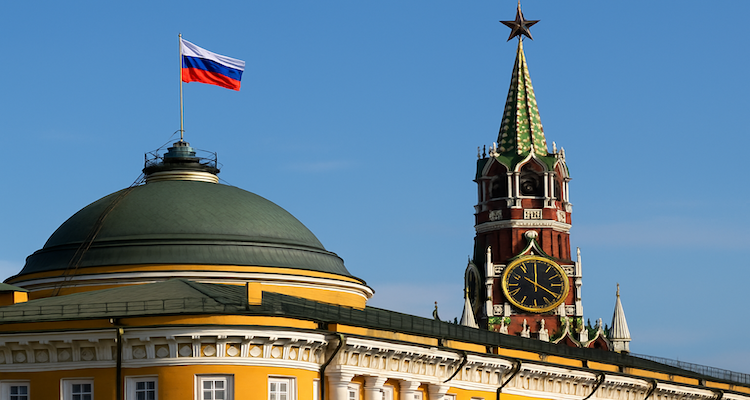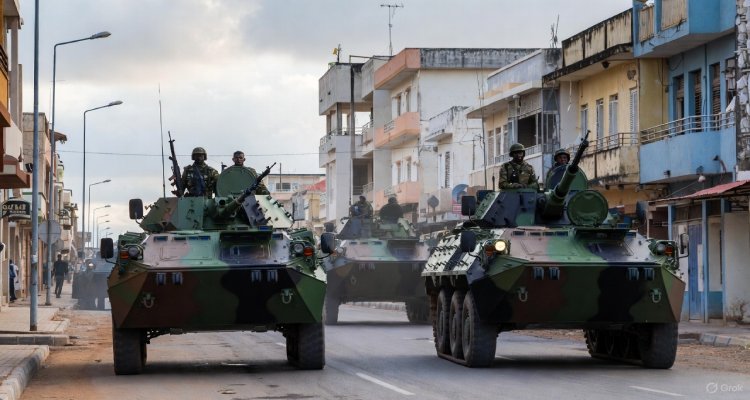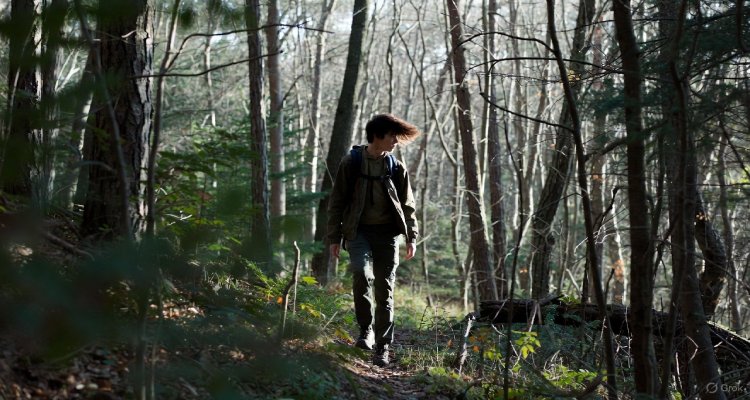Dark Tourism: Why We Visit Tragedy Sites
From Auschwitz to Chernobyl, dark tourism reveals our complex relationship with grief, history, and curiosity. But what compels us to walk where tragedy once lived?
Introduction: When Grief Becomes a Destination
In the Ukrainian ghost town of Pripyat, tourists snap selfies near an abandoned Ferris wheel, mere miles from the Chernobyl reactor. In Poland, visitors walk silently through Auschwitz, their footsteps echoing through gas chambers and barracks. Across the world, from Ground Zero in New York to Hiroshima’s Peace Memorial, tragedy has become a destination. Welcome to the world of dark tourism, a practice that is growing — and raising questions about ethics, memory, and the commodification of suffering.
Context & Background: The Origins of Dark Tourism
Dark tourism isn’t a modern phenomenon. Pilgrimages to battlefields, execution sites, and graveyards date back centuries. Medieval crowds gathered to witness public hangings. In the 19th century, tourists visited the ruins of Pompeii, fascinated by death frozen in time. But the term “dark tourism” was only coined in 1996 by researchers John Lennon and Malcolm Foley to describe travel to sites historically associated with death, disaster, or the macabre.
Today, dark tourism spans a broad spectrum — from educational remembrance (like the 9/11 Memorial Museum) to the more controversial (such as tours of Jeffrey Dahmer’s apartment block before it was demolished). The motivations behind this form of travel are as varied as the destinations themselves.
Main Developments: A Global Rise in Tragedy Tourism
With the rise of social media and budget travel, dark tourism has evolved into a booming industry. Destinations such as:
- Chernobyl Exclusion Zone (Ukraine): Interest surged after HBO’s Chernobyl miniseries, prompting a 30% spike in visitor numbers.
- Auschwitz-Birkenau (Poland): More than 2 million people visit annually, a number that has raised concerns over visitor behavior and photo etiquette.
- Ground Zero (New York): The 9/11 Memorial has received over 50 million visitors since opening, reflecting a global need to process shared trauma.
Meanwhile, companies are capitalizing on this curiosity, offering everything from curated history experiences to macabre thrill-seeking tours. In some cases, locals benefit from tourism revenue, while in others, communities feel exploited or disrespected.
Expert Insight: Understanding the Psychology Behind It
Dr. Philip Stone, Executive Director of the Institute for Dark Tourism Research at the University of Central Lancashire, explains:
“Dark tourism allows us to confront mortality in a controlled environment. It’s about witnessing — a form of empathetic learning.”
Psychologists suggest that visiting these sites serves different psychological needs:
- Mourning and Memorial: For many, dark tourism is a form of pilgrimage to honor the dead.
- Education and Awareness: Holocaust museums and genocide memorials often aim to prevent history from repeating itself.
- Curiosity and Confrontation: Some are drawn by morbid fascination — a human tendency to explore the taboo or unimaginable.
Public sentiment, however, is increasingly divided. Critics argue that the line between respect and voyeurism is often blurred. Selfies at mass graves or TikToks in disaster zones have sparked backlash, prompting calls for better visitor education.
Impact & Implications: Ethical Travel or Exploitation?
As dark tourism becomes more commercialized, ethical considerations have taken center stage. Key issues include:
- Consent of Local Communities: In places like Rwanda or Cambodia, trauma is ongoing. Not all residents are comfortable with tourists photographing sites of mass suffering.
- Behavior and Decorum: Institutions like Auschwitz have issued guidelines urging visitors to avoid inappropriate behavior like smiling selfies or loud laughter.
- Commodification of Pain: Critics worry that tragedy is being packaged into bite-sized tours, stripping events of their gravity and turning memory into merchandise.
To address these concerns, some organizations are implementing codes of conduct, interactive education, and context-driven storytelling that go beyond the shock value. Responsible travel companies now aim to foster empathy, not entertainment.
Conclusion: Memory, Meaning, and Moving Forward
Dark tourism forces us to reckon with uncomfortable truths — about history, humanity, and ourselves. Whether standing before the Hiroshima Dome or navigating the Killing Fields of Cambodia, we are reminded of life’s fragility and the importance of remembrance.
But the future of dark tourism hinges on intention. If travelers approach these sites with humility and a willingness to learn, the experience can be deeply transformative. If not, we risk trivializing the very pain we seek to understand.
In a world increasingly shaped by curated experiences and instant gratification, perhaps walking through sorrow — not around it — remains one of the most human journeys of all.
Disclaimer: This article is for informational and educational purposes. It does not endorse or promote any form of exploitation of tragic events or locations. Readers are encouraged to approach dark tourism with sensitivity, respect, and ethical awareness.











